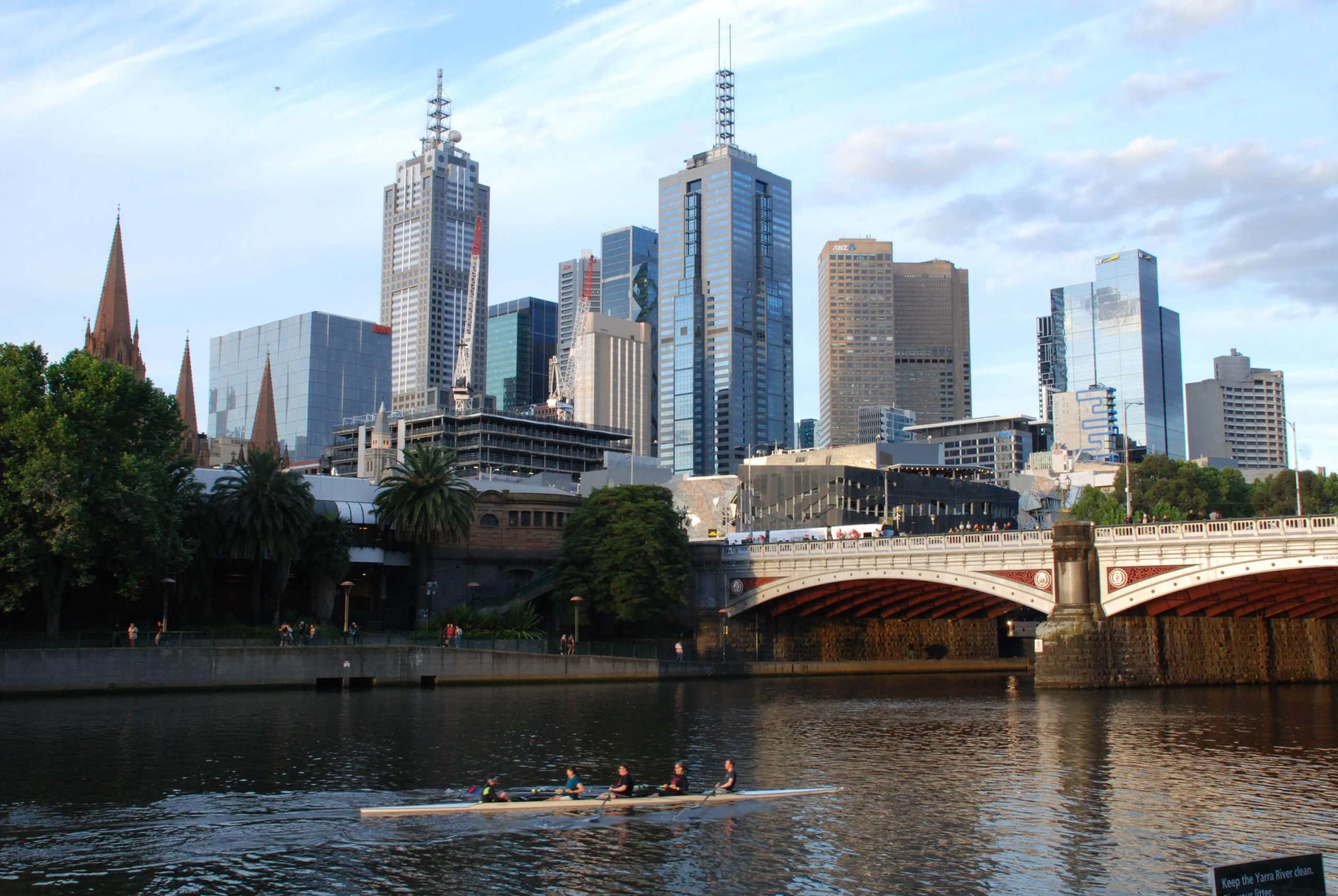Condition Report – Everything you need to know
A lot goes into moving into a new rental property, with plenty of forms to sign and things to consider before setting up your new home.
Once the tenancy agreement has been signed and the rental bond has been paid, it’s time to move onto the condition of the property, which is where a condition report comes into play.
Whether you’re living in NSW or Queensland, the report stays the same for all residential tenancies, therefore it’s important you know everything there is to know about a condition report.
What is a Condition Report?
A condition report is a document issued by the property manager to detail the general condition of the premises before the tenant begins their new tenancy.
This report covers the property on a room-to-room basis and helps determine whether the tenant must pay damages at the end of the tenancy or if it is covered under natural wear and tear (check out our blog on what falls under wear and tear here).
A wide variety of items and fittings should be covered under this condition report, ranging from light fixtures, power outlets and panelling to household appliances that come with the property, like smoke alarms, air conditioning and washing machines.
For an example of a condition report, Consumer Affairs Victoria provide a downloadable one here.
Tenant’s Side of the Report
Firstly, you must receive a copy of the condition report in addition to the original you receive, as one could be looked over regularly while the copy is stored in a safe place.
While a condition report is a great form of resolving disputes in terms of damage, it also doesn’t prove everything. Therefore, it’s a great idea to take photos of the property as you are moving in, especially if there are pre-existing damages when you commence your tenancy.
As for the report itself, keep a close eye throughout your tenancy on the details listed and ensure care is taken to maintain the condition of the property. The report will essentially be used to determine if the full amount of your bond is to be paid back once your lease ends or whether you have to pay for damages to the property that were incurred during your tenancy.
To get your bond back at the end of the tenancy, your condition report should highlight any pre-existing damage that was in need of repair, any areas in need of cleaning and any other concerns with the state of the house that were present before you started the tenancy, in case of a dispute.
Property Manager/Landlord’s Side of the Report
Much akin to the tenant’s side of the report, taking photos of the real estate property provides time-stamped evidence of what the residential premises were like before the tenants moved in, which can assist your case if damages need to be taken out of the bond.
Condition reports also showcase both the entry condition report, as well as the exit condition report. This will assist in evaluating the state of the property at the end of the tenancy compared to the start, with the photos you have taken adding further evidence.
Another key example in ensuring the condition of the property stays up to code is regular inspections made by yourself or other potential managers or landlords. Consider working with the tenants in arranging regular inspections that give you the opportunity to identify any issues early on. During inspections, follow the condition report and determine whether any damages should come out of your pocket, or the tenants.
Should disputes still arise, you may apply for an application for bond dispute which is provided by your states Civil & Administrative Tribunal.
For a full list of these resources by state, check out our useful blog on what you should know about renting here. If you need help getting your utilities connected sorted, please call MyConnect on 1300 854 478 or use the Get Connected form here!



 Justyn Harrison
Justyn Harrison 






